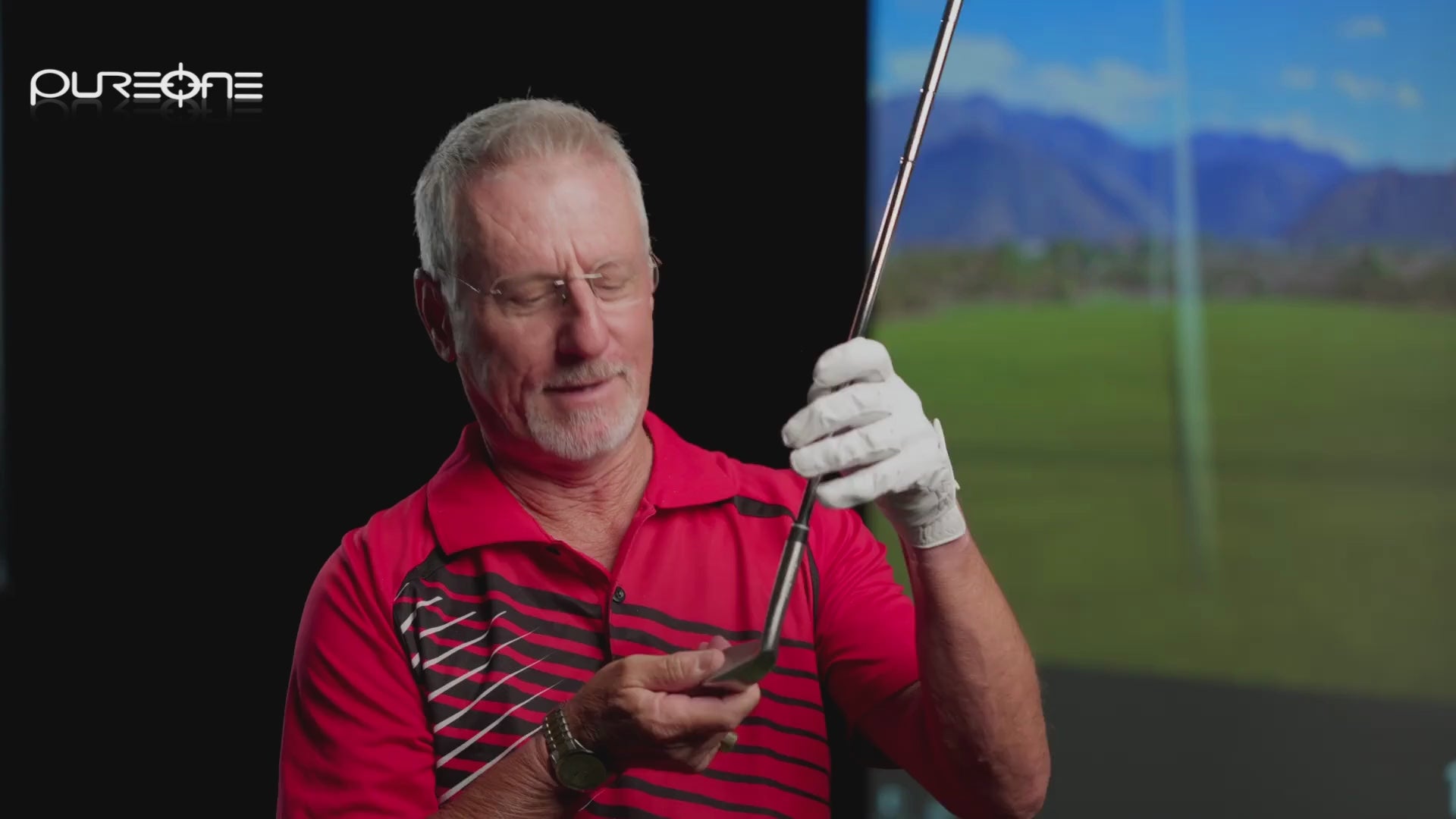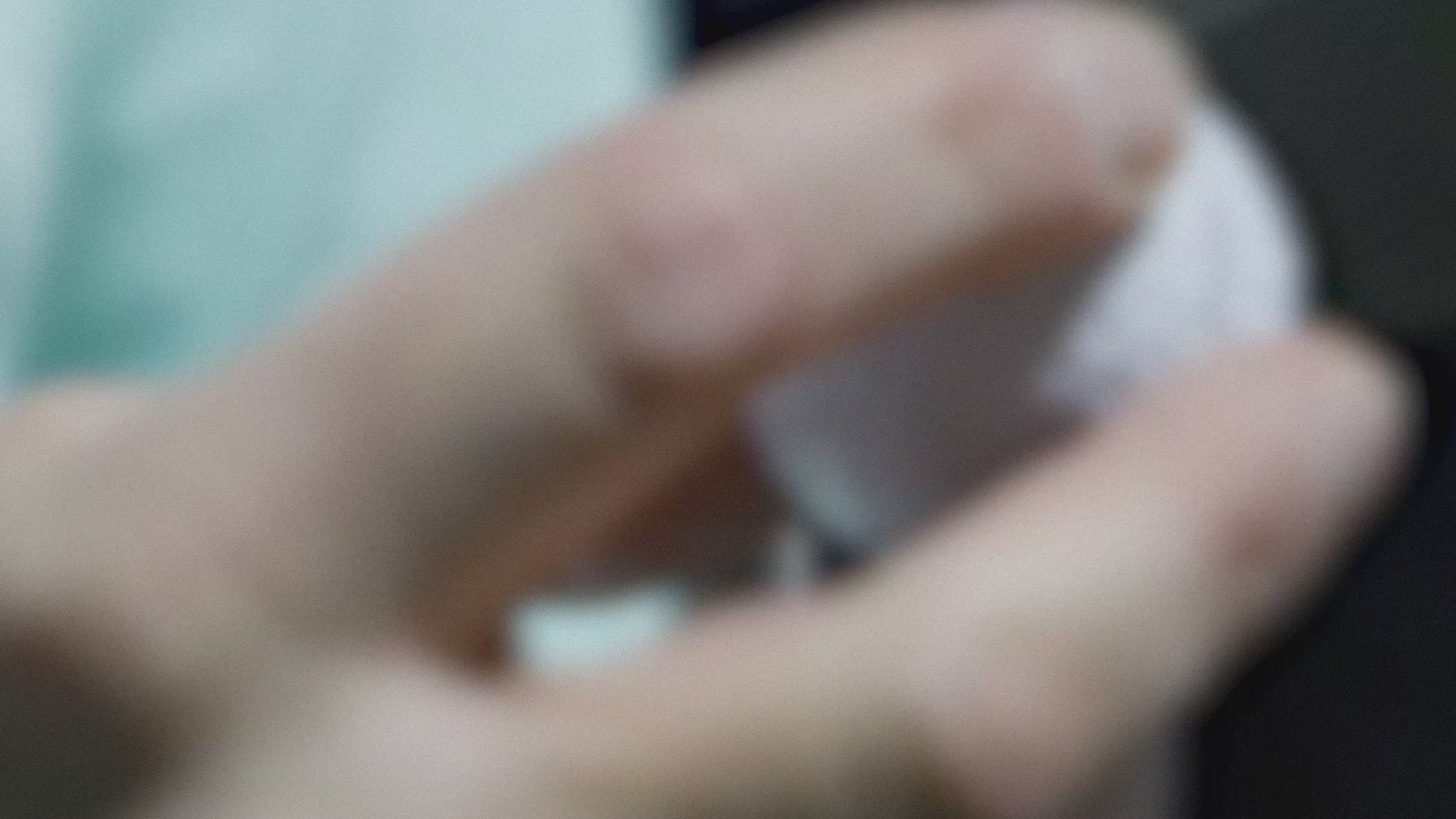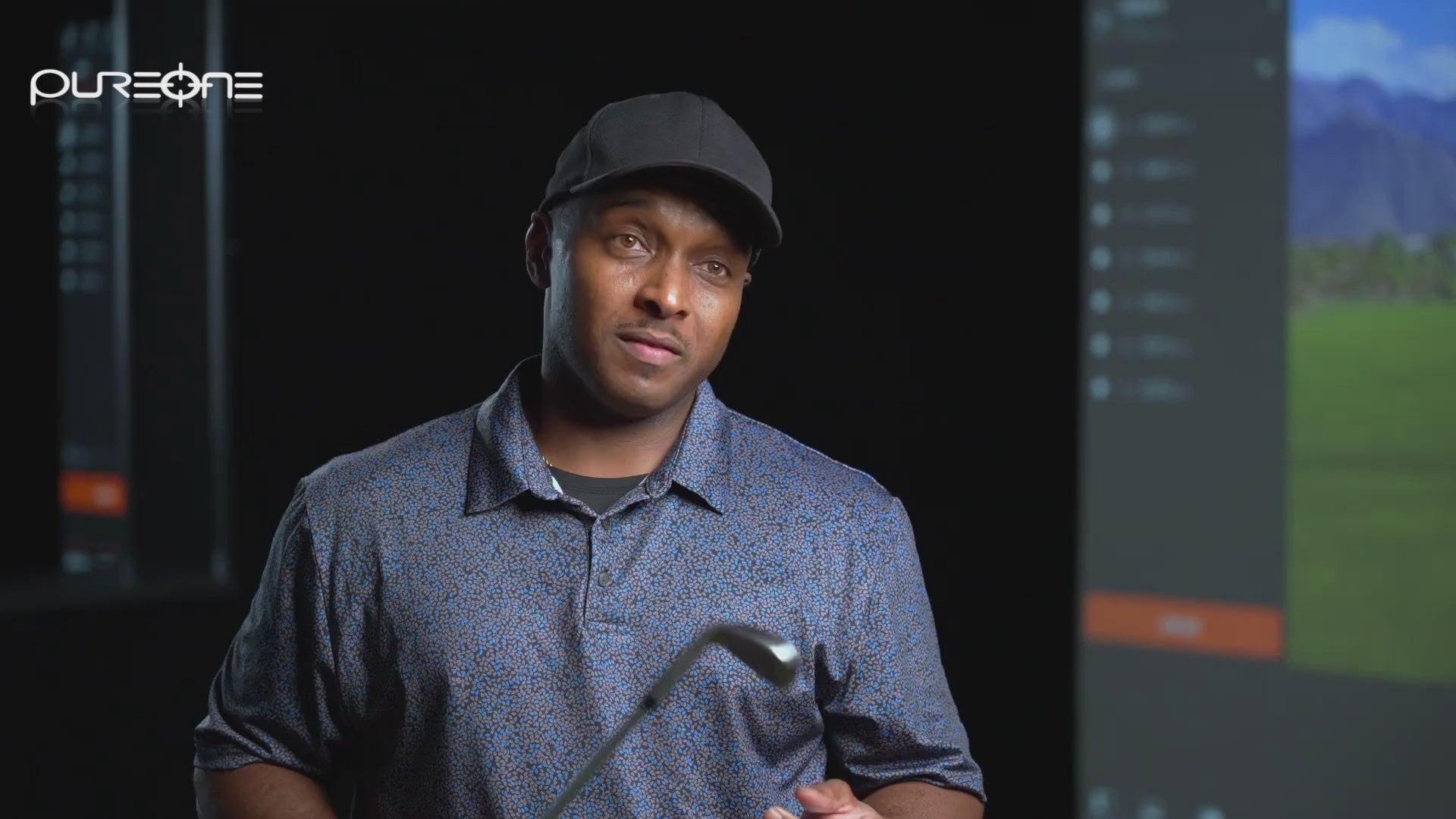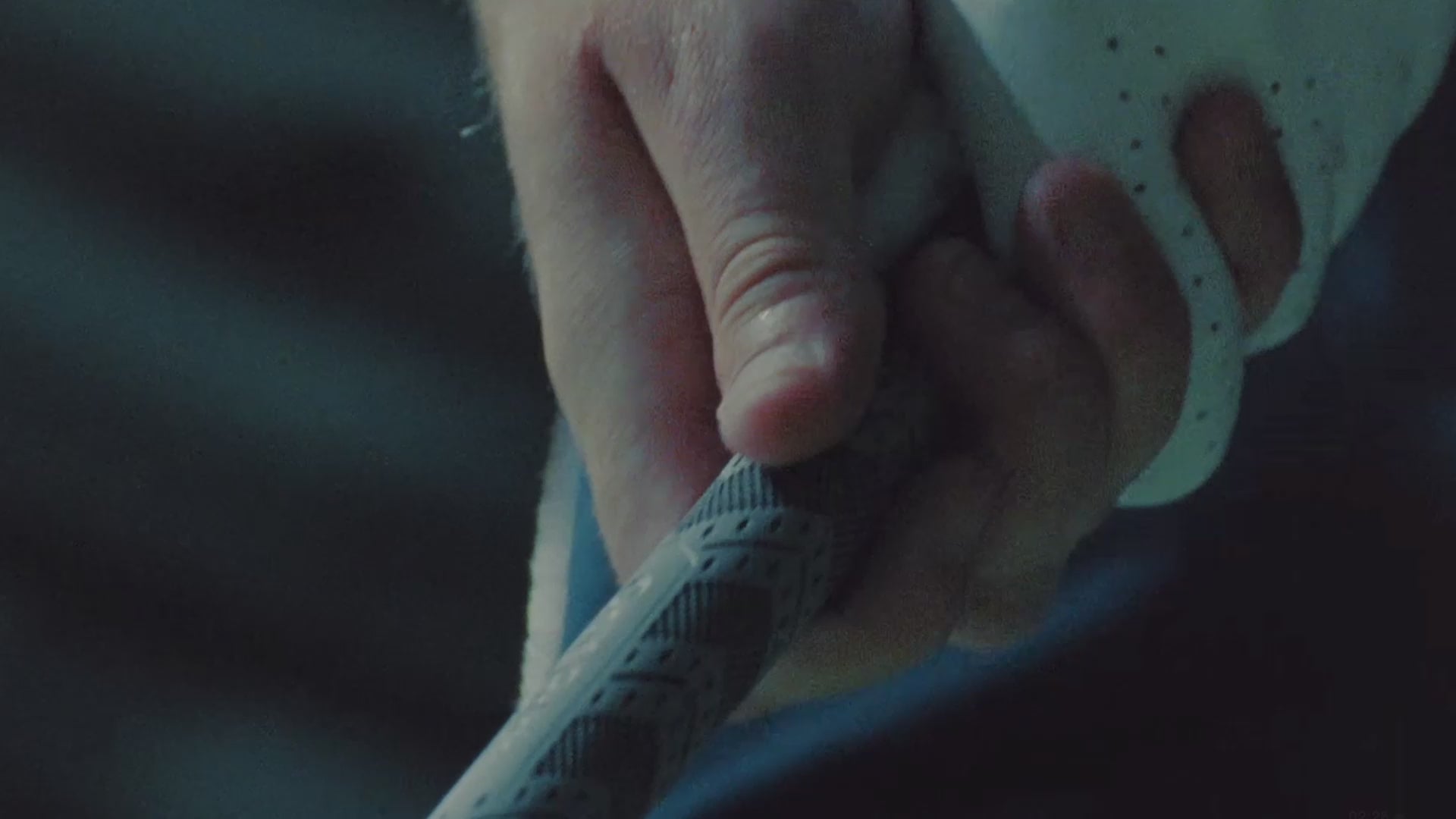How to Control Your Golf Ball Flight Like a Pro
May 19, 2025
Most amateur players have only one golf ball flight: A high-arching iron that lacks much control or adapts to any weather conditions. So when their iron shots comes up short because they either didn't strike it perfectly or the wind knocked it down, they get frustrated.
Meanwhile, the weekend warrior who beats everyone? He's able to hit multiple golf ball flights that seem to cut through the air like a knife through butter.
Not only is the flight different, but the sound at impact is different, too.
I'll be the first to tell you that his ball-striking ability isn't luck, it's knowing how to control the golf ball flight with some simple adjustments — which might be the most underappreciated skill in golf today.
Golf Ball Flight Isn't All About High-Fliers
How many times have you hit the perfect golf shot, only to find it come up just short of your target landing spot? Probably more times than you'd like to admit.
To help avoid this from happening, it's important to understand and feel how to control golf ball flight on each shot — which will put you in better positions to score low even if the weather isn't pristine.
A good way to track and measure your golf ball flight is to get a launch monitor, using the data to understand your tendencies.
By seeing these launch monitor numbers and trajectories, you can make some easy adjustments to your setup and pre-shot routine to execute a better shot.
The "Two-Trajectory Minimum" Rule
Here's a simple truth that I share with all of my golf students: Every skilled golfer needs at least two trajectories with each iron, their standard shot and a lower, more controlled golf ball flight.
The standard shot is what you'd hit on a calm day when you need to carry a hazard and stop the ball quickly. The control shot is your secret weapon, like a punch shot that flies lower, rolls more, and isn't as affected by wind.
Think of it like having both a fastball and a changeup. You need both options to keep the opponent guessing.
How to Get a Lower Golf Ball Flight (Without a Swing Change)
The beauty of controlling your golf ball flight is that you don't need a different swing — just a few simple adjustments.
Here's what to do in three easy steps:
First, play the ball slightly further back in your stance, about an inch behind your normal position. This promotes a slightly steeper angle of attack, reducing dynamic loft at impact.
Next, grip down on the club about an inch. This shortens the lever, giving you more control and naturally reduces swing speed a touch.
Finally, finish with your hands higher than you would normally think for a flighted shot. Yes, a low finish equals a low shot, but that often leads to fat shots for many amateur players. Instead, swing to an abbreviated finish position.
When trying these three adjustments, be patient. Your first few attempts may be a little chunky — since you'll instinctively try to "help" the ball get airborne — but as you practice these types of shots more frequently, you'll start to master better ball-flight control.
The Wind Calculation You're Missing
One of the hardest golf shots for any player is the one into a steady wind. While most amateur players think they just need to "hit it harder," this is actually the opposite of what you should do — since it will increase spin and allow the wind to impact the ball more.
Instead, here's a good formula to use.
For every 10 mph of headwind, take one more club and use the low-trajectory technique I suggested above. For example, a 150-yard shot into a 15 mph wind might call for a 6-iron (instead of your standard 8-iron) with your low golf ball flight.
The next time you're on the driving range, don't just mindlessly hit balls at the same target. Practice hitting your 7-iron at three different heights — your standard shot, a lower shot, and even an extra-high shot for clearing obstacles. By manipulating trajectory on command, you'll develop better touch for improved ball-striking.
PGA of America Golf Professional Brendon Elliott is an award-winning coach and golf writer. Check out his weekly Monday column on RG.org, sign up for his golf newsletter, and visit OneMoreRollGolf.com to learn more about him and his work.






